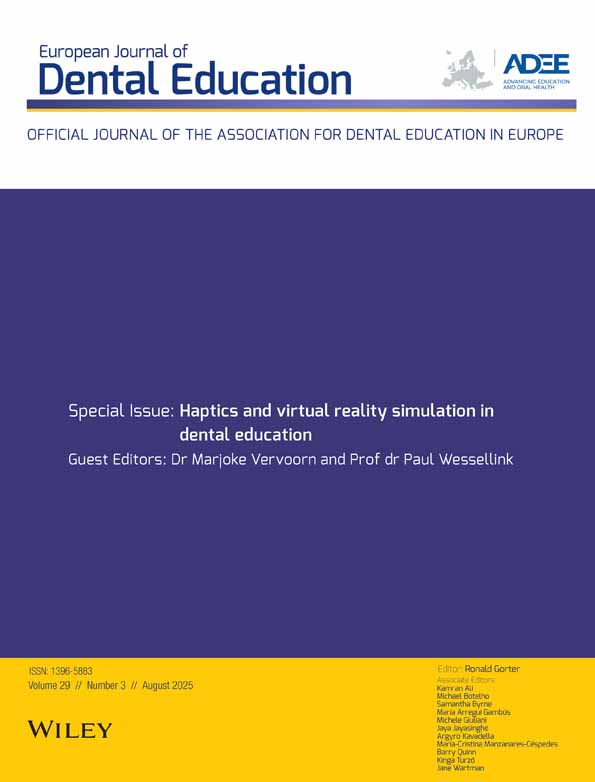5.1 The demography of oral diseases, future challenges and the implications for dental education
Abstract
This Section considered the immense challenges presented by the changing demography of populations (in particular, cross-boundary flow), changing oral and dental disease trends. It also considered the difficulties of gathering data on such information. It then considered how these challenges may affect the education of the dental team in the future. The Section considered the concept of the ‘global village’ as a representation of the changing world demography. We were at pains to recognize that our role was in considering both emerging and established market economies. In fact, a major part of the Section's activities concentrated on the development of the professional ethic of social responsibility – represented at the local, regional, national and international levels. We considered a finite group of oral and dental diseases, namely dental caries, periodontal diseases, oral cancer and cranio-facial disorders. In addition, we chose to comment on systemic diseases influenced by oral diseases, oral diseases influenced by systemic diseases and iatrogenic diseases (including prion disorders and cross-infection control issues). The Section recognized the profound difference between needs and demands in the provision of oral and dental health care. We considered the concept of best practices within our working remit and named these as:
-
• the gathering of valid data on health trends;
-
• uniformity in the measurement of disease and diagnostic parameters;
-
• the identification of a core curriculum which best addresses an increased awareness of changing demography; and
-
• a multidisciplinary approach to education and research in the context of global collaboration.
The Section recognized the enormous potential for global networking with the explosion of information and communication technology. We investigated the requirements in converging towards higher global standards, while accepting and appreciating important regional and continental differences. To this end, the Section has put forward a number of important recommendations and realistic goals.




